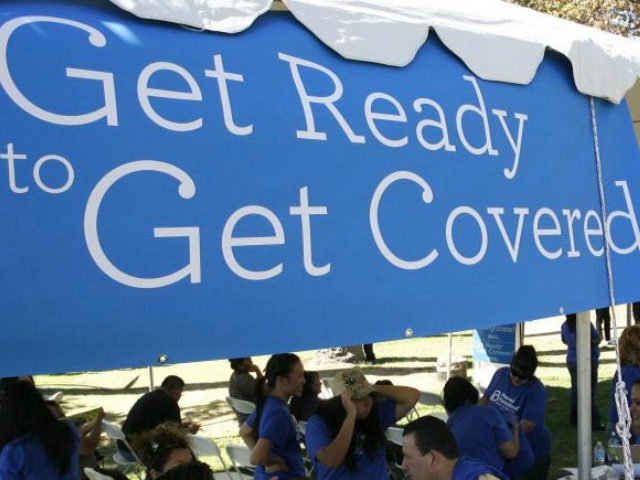
Millions of Americans are expressing “sticker-shock” as they learn about the dramatic increases in health insurance premiums, as a result of ObamaCare. The Obama Administration downplays these concerns, noting that many will qualify for subsidies to make coverage more affordable. The subsidies, however, do not go to the individual policyholder. The Treasury will send the subsidies directly to the insurance companies. Its a huge leap towards a single-payer system.
It is unclear how many Americans will qualify for the subsidies. Eligibility for at least a partial subsidy extends to those earning 4x the federal poverty level. An individual earning around $45,000 would qualify. A family of four earning up to $92,000 would qualify. Not everyone at these income levels would get a subsidy, however, as many receive health insurance through their employer. The CBO estimates that 6 million people will qualify for a subsidy next year. CBO expects this figure to rise to 22 million by 2017.
The subsidies aren’t a specific dollar amount. Rather, they are designed to ensure that families don’t pay more than X% of their income on health insurance. For the lowest earners, for example, the subsidy is mandated to cover 96% of the health insurance premiums. The exact amount of subsidy, then, will vary widely by state. It could also become an open-ended entitlement as premiums rise in the future.
Health insurance is largely regulated by state governments, currently. States have some oversight authority over planned premium increases. With the federal government directly picking up a share of premium payments, there will be greater pressure for the federal government to completely take over health insurance regulation.
The move by the federal government to directly pay a portion of health insurance introduces, also, a new era of “subsidy politics.” One can easily imagine lawmakers and candidates in the future promising to expand or enhance existing subsidies. The subsidy is currently pegged at 400% of the poverty level. Why not 450% or 500%.
The more significant change, however, is that the subsidy program puts the federal government more directly into consumers’ health insurance. It moves us much closer to a universal, single-payer health insurance system.

COMMENTS
Please let us know if you're having issues with commenting.